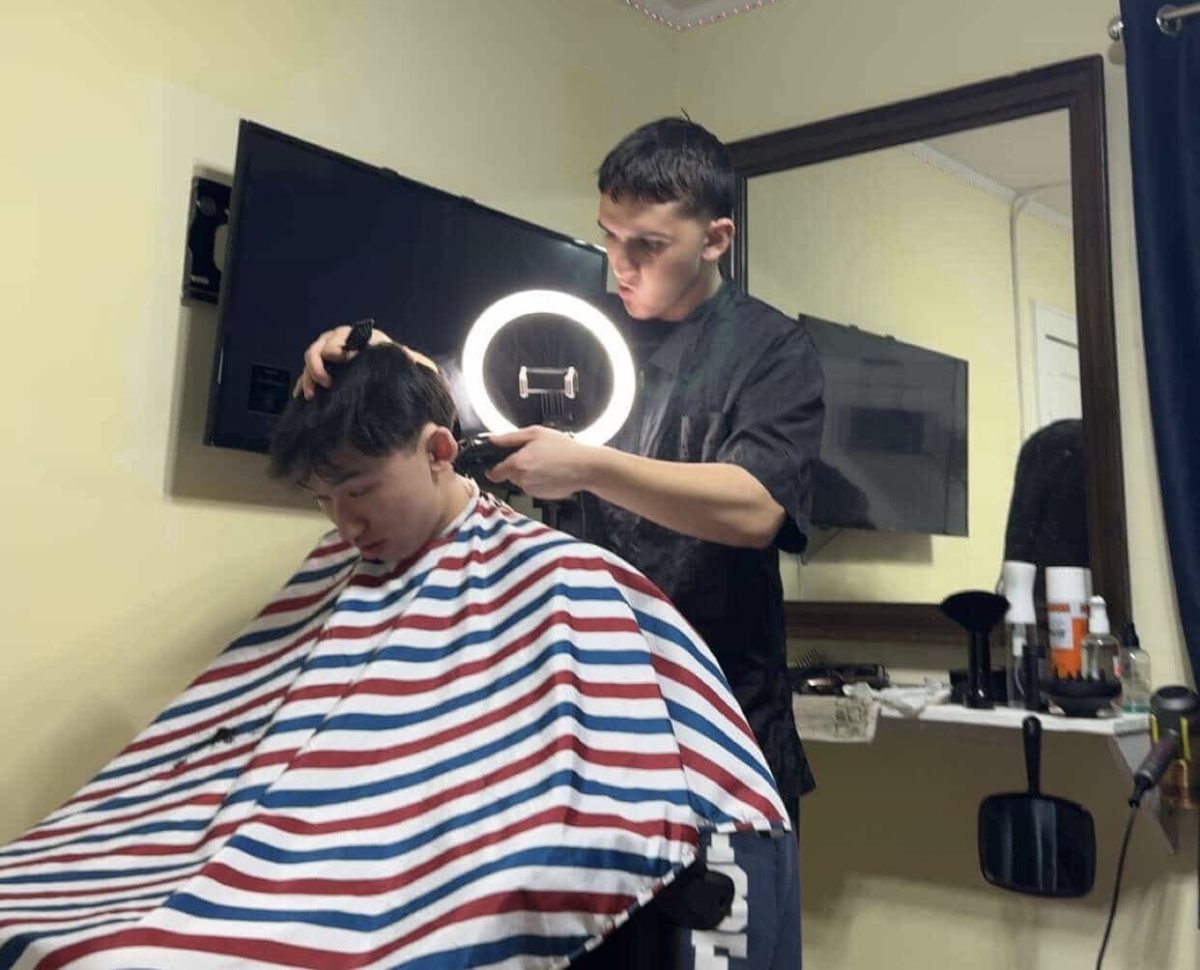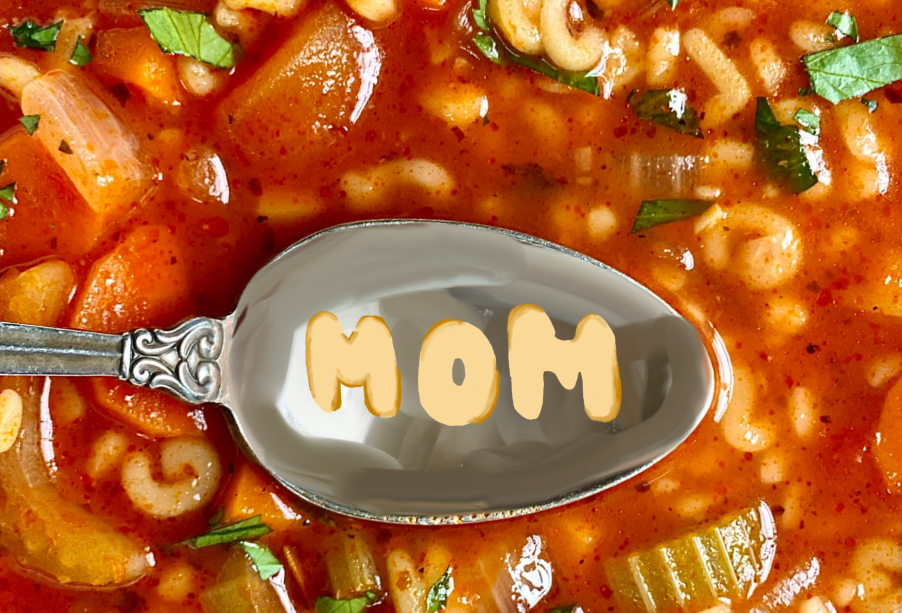So you’ve poured your heart into a twist-ending, a heart wrenching poem, a deeply personal essay—and now you want to share it with the world. But you’re stuck. A quick Google search for “writing competitions” only overwhelms you, and you wonder, Where am I supposed to start?
This article categorizes publication possibilities into competition or journal, both worthy options to consider for your pieces. Chances of winning or publication vary from place-to-place, with journals generally being slightly higher than contests.
Competitions
These usually run once a year. One of the most prominent writing contests is Scholastic Art and Writing Awards, which accepts all kinds of submissions, ranging from comics to news articles to short stories. Their application window is from September to December, as is most other competitions. Although they receive thousands upon thousands of submissions, they give three tiers of awards (Gold Key, Silver Key, and Honorable Mention) by region, slightly increasing your chances of winning. If you win the Gold Key, you are considered for further awards on the national level. Graduating seniors can submit a writing portfolio (six distinct works) for thirty dollars, while for everyone else, each individual submission is ten dollars.
Another prestigious competition is YoungArts, with around ten percent of applicants winning an award. Like Scholastic, they also have a variety of disciplines to submit to. Their application is usually open from June to October. Most recipients win 250 dollars, with the most exceptional winning up to 10,000 dollars. It costs thirty-five dollars per category; for example, you can submit up to five separate poems if you choose poetry.
If you are looking for opportunities free of cost, Foyle Young Poets and Bennington do not require a fee to submit. However, they are just as selective, if not more: Foyle Young Poets accepted 100 winners out of 6,600 applicants (a 1.5% chance of winning) in 2023 while Bennington only awards the top three of each category. Both contests are closed as of February, but Foyle starts again in the spring and Bennington in September.
Many general competitions run in the fall, but themed competitions tend to run throughout the year. These are beneficial if you want both inspiration and less pressure, since these tend to be smaller contests (not always). If you enjoy free verse, the Walt Whitman Student Poetry Contest allows writers to explore its intricacies inspired by Whitman’s “Song of the Open Road.” For those who want to pursue essay writing outside of the classroom, JASNA, the Jane Austen Society of North America, hosts an annual Jane Austen-themed competition with their deadline falling in early summer. The New York Times also offers contests throughout the year, often with a fun, open-ended prompt such as “Can you tell a meaningful and interesting true story from your life in just 100 words?”
Journals
Unlike competitions, most journals do not have a specific deadline. TeenInk is a teen-friendly online literary magazine that accepts submissions year-round. If you are accepted, your piece is included in their print issue. Their website is accessible; you can submit work without much hassle. Polyphony Lit is also for high school students, with exclusively teenage applicants and teenage editors. Though it pertains to Midwesterners, Up North Lit is open to everyone, with half of their journal dedicated to student work. If you would like to support a student-run magazine, the Metaphysical Review, founded by alumni of the Iowa’s Young Writers Studio, is a great option. Because these publications are for high schoolers, they will likely be more friendly to your pieces than a journal for adults. Each of these organizations are generally free of cost and are accepting submissions. For journals that aren’t as high-school focused, there’s Adroit Journal, one of the most prestigious journals, which is highly selective (with around 2% of applicants published). Some journals pay for their contributions, and Adroit is one of them, paying fifty dollars for each acceptance. They are currently closed for submissions.
South High also offers publication opportunities in their literary magazine, Exit 33. By the end of the school year, the club prints and publishes a collection of both writing and artwork courtesy of their students. If you wish to contribute, you can email them a Google Doc according to the format described here. Their deadline is on February 26.
The important thing is to manage your expectations throughout your writing journey. If your writing was rejected by a publication or did not win an award, don’t be discouraged. Remember, most of these places are extremely selective—not all of them will be the best fit for you. However, it doesn’t hurt to try. Getting your writing out there is the first step!
For examples of previous winners, you can browse the galleries on Scholastic and Foyle Young Poets.








Katie • Feb 16, 2024 at 12:24 pm
Wow! Great read!